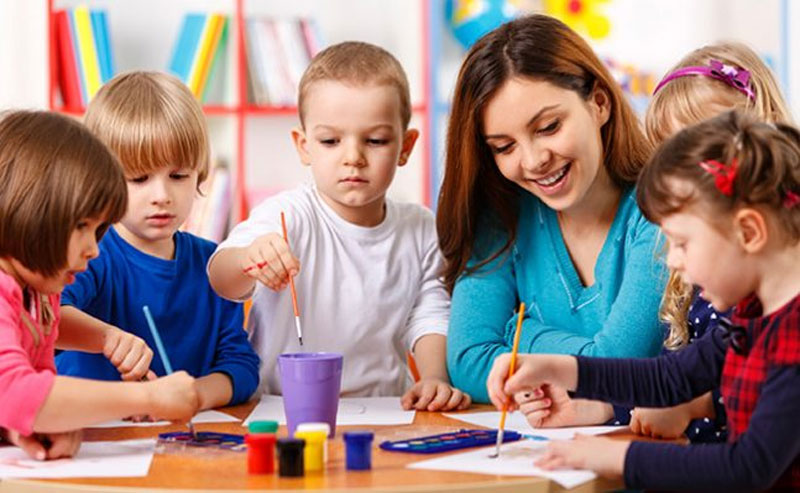
Almost six decades have passed since Brown v Board of Education made its way into American history. This iconic court case brought about an important social and cultural change in the education landscape of the US with the decision that public schools would subsequently not be segregated based on race.
This vital decision in the civil rights movement helped break down a major racial barrier that had encouraged racial disparity for decades. Since this decision, scientists were also able to study how diversity in classrooms helped students perceive and understand different cultures and enhanced critical thinking and creativity skills. These are 21st-century skills for students that will help them in their professional and personal lives.
In an increasingly multicultural and diverse society, it has become essential for teachers to integrate culturally sensitive information and instruction in classrooms – whether in STEM classes, K-12 classes, elementary, middle, or high school.
This growth in diversity is not just related to ethnicity and race but also extends to international cultures, sexual orientation, economic status, and linguistic backgrounds.
Table of Contents
Importance of Cultural Exchange Programs Among Students
The advantages of cultural exchange programs in STEM education will benefit students in the long run. Exposing them to various cultures and communities will help them grow as individuals and become more sensitive towards global issues. Cultural competence programs can now be carried out within the four walls of the classroom with the help of virtual exchange.
While the importance of STEM education is highlighted in the mainstream media, cultural competence and awareness must also be equally important in the education landscape.
Here are some ways in which cultural exchange programs help in promoting diversity among students
The Role of Cultural Competence Programs Among Students
Unity in Diversity
A global classroom where virtual cultural exchange programs take place creates a melting pot. The participants of these cultural competence programs discover the many similarities and differences they share with each other and appreciate the bond that binds us all.
Apart from gaining cultural awareness, these exchange courses will also help students understand that despite different backgrounds and geographical locations, we’re not so different at the end of the day. This realization is crucial as it will help students see everyone as humans first and take the first step towards global unity.
Moreover, cultural exchange programs give participants a global outlook and help debunk myths and stereotypes often associated with different cultures. Such stereotypes are often responsible for clouding judgements and must be broken at a young age.
Develops Empathy Among Students
Through cultural exchange programs, students will bond and make personal connections with their peers from diverse cultures that will help them not to develop prejudices later in life. Cultural awareness programs teach students to empathize with all human beings who are different from them and regard them as equals, regardless of their race, culture, and traditions.
Helps in Developing 21st Century Skills for Students
Gone are the days when academic results were the only thing that mattered in the professional world. With the dawn of the modern age, students will be required to hone their soft skills to grow in their adult lives.
Cultural competence is an excellent opportunity to learn and develop these skills. Students participating in these programs learn adaptability, flexibility, leadership, and fast problem-solving skills while working with peers from different cultures on a project. Virtual cultural exchange programs encourage students to appreciate cultural diversity and make them proper global citizens within the confines of their classroom.
Students Become More Open Minded
Cultural programs expose students to a wide range of thoughts, opinions, and cultures that broaden their outlook and benefit them later in life.
With this open-minded nature, they are more likely to consider and accept new ideas and grasp a concept much better by considering different viewpoints.
Well-Prepared For a Diverse Workspace
With the rise of globalization, modern society has shed its homogeneous nature and is now home to many cultures and ethnicities. It will be necessary for students to learn how to get along with people from different backgrounds and form personal or professional bonds.
If students participate in cultural exchange programs early during their educational journey, they will appreciate the beauty of diversity and learn about cultural awareness. This early learning will help them adapt and grow in their workplace and form invaluable professional connections with people regardless of their differences.
In Conclusion
If you wish your students to be competent global citizens and understand and appreciate diversity, integrate a properly planned cultural exchange program into their educational curriculum.
Creating a culturally inclusive classroom that promotes multicultural education will benefit your students in the long run. Your students will be well prepared to interact with people from various backgrounds and adapt to new cultures if they venture internationally as adults.



